Director / Innovation and Technology / National Culture + Places Sector Lead
Jon Shally
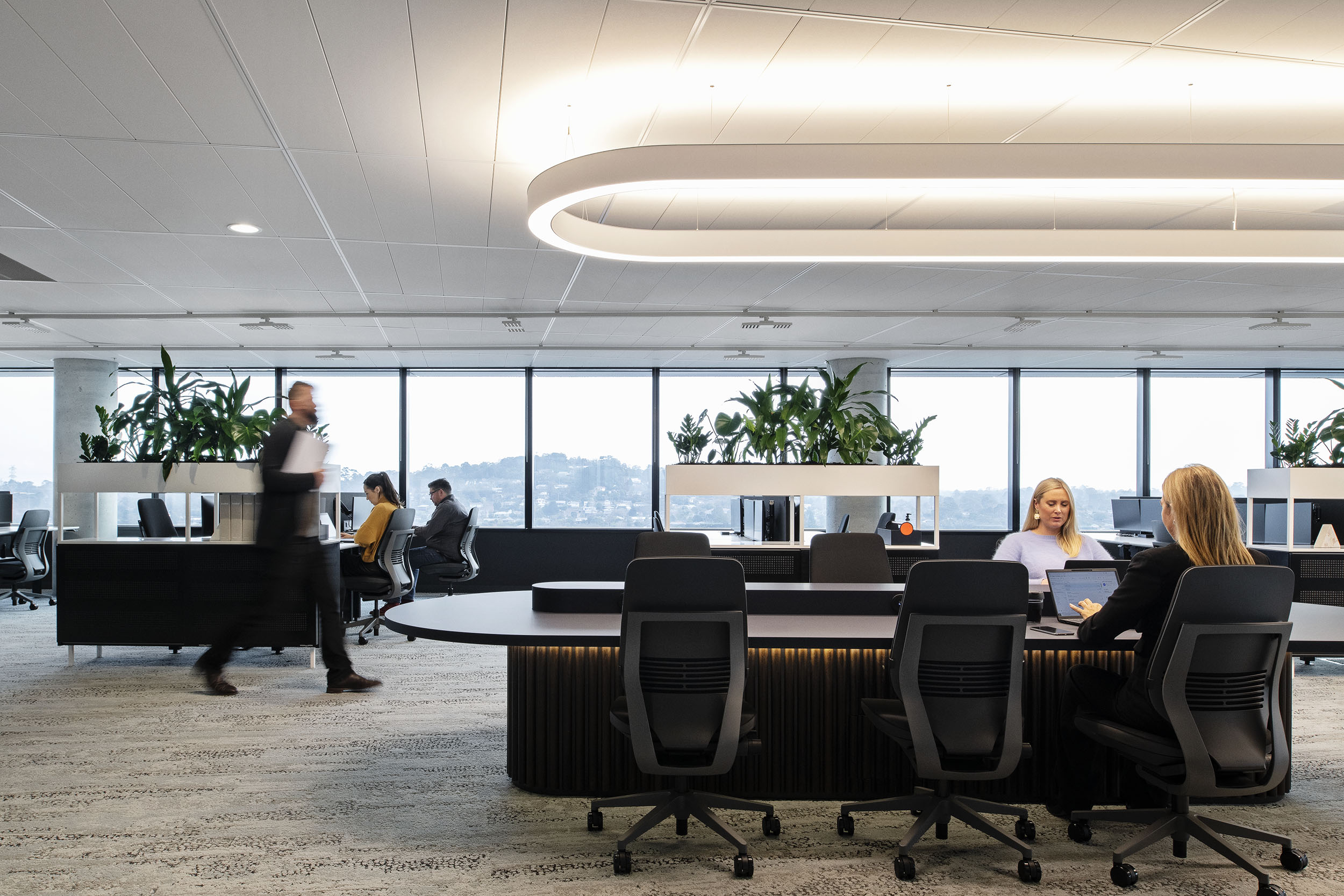
Insight
With increased media attention on Climate Change, there has been a growing realisation amongst the general population that with a limited supply of fossil fuels, alternative forms of energy are required to provide for ever-growing demand. Renewable energy in the form of solar, wind and hydroelectric has become more prevalent, and technology is continually improving to develop the efficiency of these systems, increase reliability and reduce cost.
However, in Australia, many buildings are still being designed that utilise existing grid infrastructure of fossil fuels instead of progressing to all-electric developments, and there are several reasons why: upfront capital cost of services infrastructure, spatial implications of alternative electric-powered plants, and a lack of understanding of sustainable opportunities.
Within a typical development in Australia, fossil fuels have long been used for components of the services such as domestic hot water, heating hot water, and cooking due to the relatively cheap cost and the practical efficiency and effectiveness of using such fuels for heating and cooking.
As Australia progresses towards its carbon net zero targets by 2050, there are more imminent targets enshrined in law to reduce greenhouse gas emissions by 43% below 2005 levels by the end of the decade.
This means that buildings that are currently in design need to consider how they can facilitate achieving this target. One way will be eliminating gas from developments and designing all-electric buildings that generate energy on-site and connect to a grid that is supplied by renewable sources.
Adoption of all-electric design has shown to be dependent on a few key factors; the sector, ownership of the asset, corporate ESG targets, and expectations of the end user. Persuading the developer of a commercial building to move to all-electric is much simpler than convincing a developer of a residential project. Often the perception of developers is that the market still wants gas cooking, and that heat pumps take up too much NLA. Similarly, any product in the retail or hospitality sector where commercial cooking is included is still driven by the expected leasing strategy and tenant expectations for gas cooking.
For projects which are owned and operated by a developer, such as build-to-rent residential, or with solid ESG targets, proving return on investment due to the efficiency of the equipment, such as heat pumps, or showing the reduction in greenhouse gas emissions by eliminating gas is a much easier sell. The challenge lies with projects where reducing upfront capital is the critical measure of success, and the perception of market requirements is that cooking must be gas-powered or just won’t cut it.
The development of electric cooking technology has improved ten-fold over the recent years, with both regular electric and induction cooktops especially proving to give accurate control, safer operation, and easier cleaning than traditional gas cooktops. Commercial induction systems are also available, including ones that simulate wok cooking which is typically the biggest resistance to going electric.
The typical response to including induction cooktops and heat pumps is the increased cost to the developer; however, this is often looked at as a cost in isolation and not considered is the removal of all gas infrastructure, including authority infrastructure connections (and augmentation if required), boundary regulators, pipework throughout the development, and individual gas meters. This cost can often offset the cost of increased electrical infrastructure.

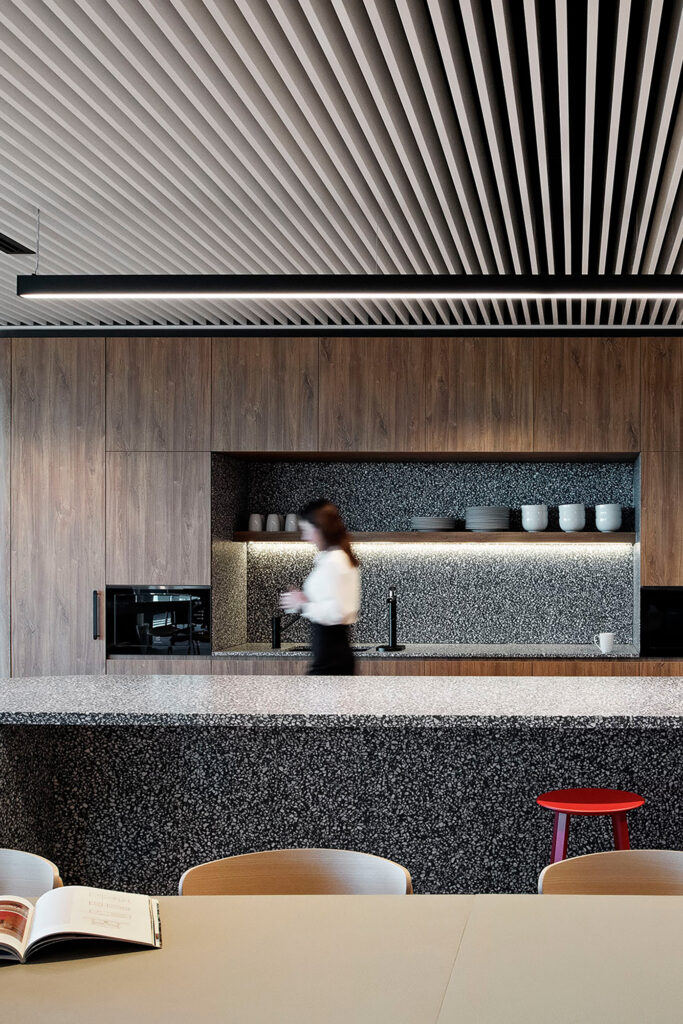
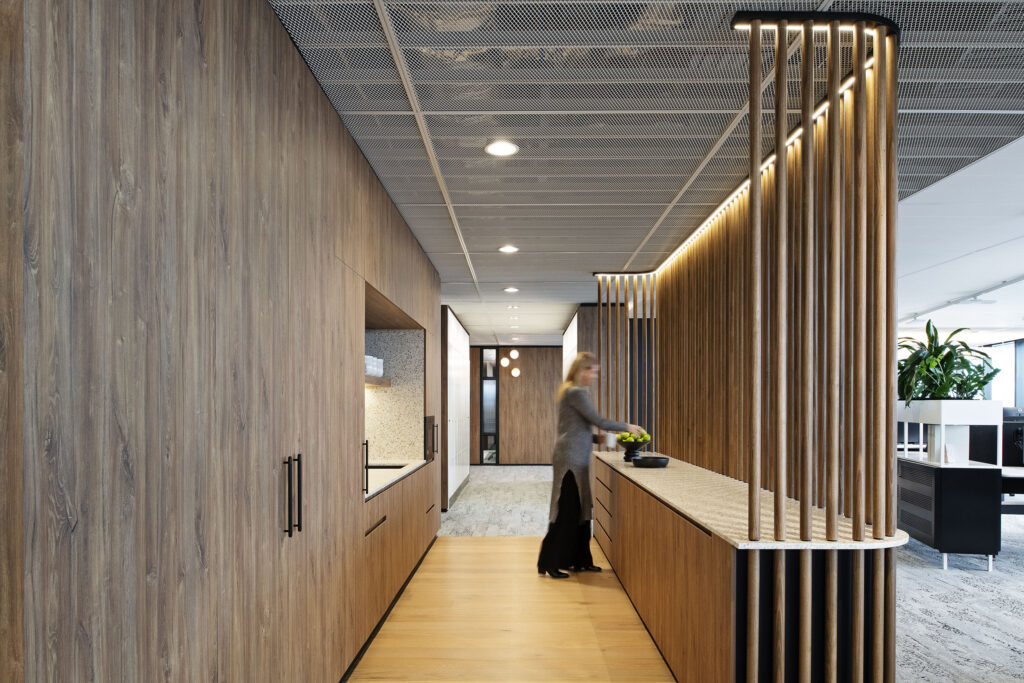
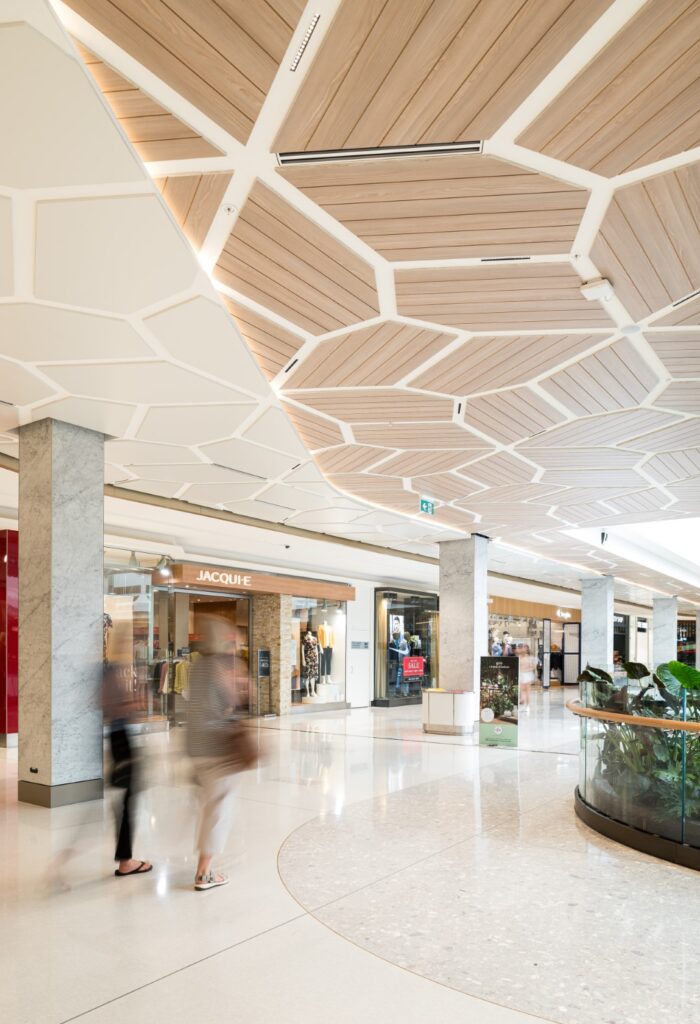
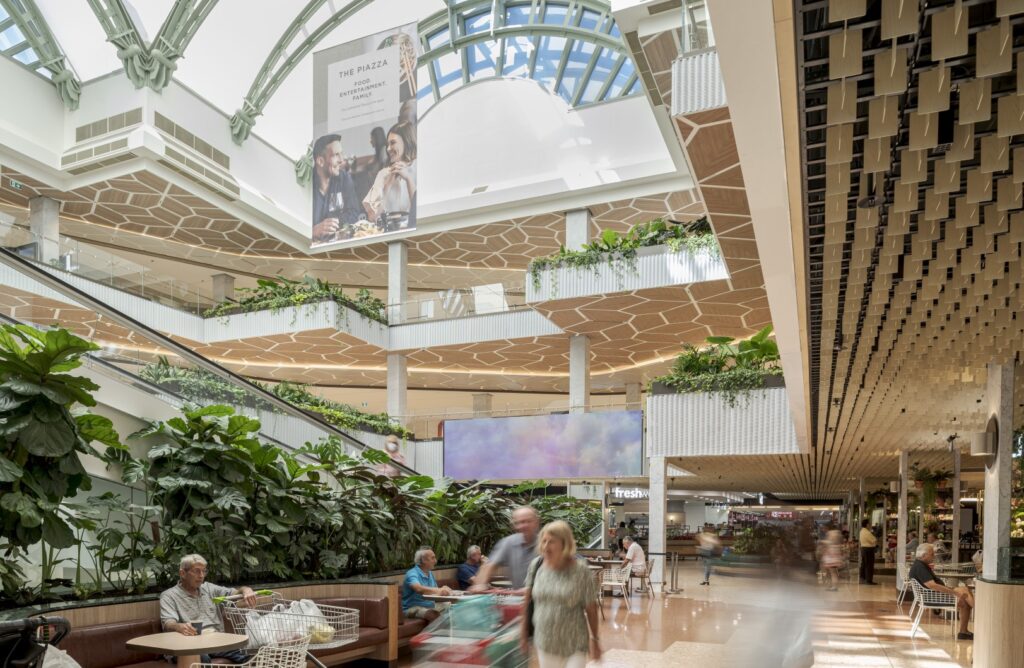
The second element of resistance to all-electric is the preconception that all the additional electrical load will mean more substations for the development and the significant cost and spatial impact that goes along with this authority item, especially when considered alongside government regulations pushing for the inclusion of greater electric vehicle charging facilities in projects. Whilst the power demand of heat pumps, induction cooking, and electric vehicle charging is creating inflated maximum demand calculations, the practicality of diversity in use alongside load management of EV charging, requires a much more pragmatic approach. There needs to be a sensible and realistic design that doesn’t cost the developer unnecessary infrastructure, capitalises on the saving of eliminating fossil fuels, and ensures carbon net zero is a reality and not just a target.
ADP’s work within the build-to-rent space has shown that the return on investment for electrification of systems such as hot water can be as little as 4 to 5 years due to the improved efficiency of heat pumps. Equally, ADP is working with the likes of QIC RE and one of Australia’s leading research and teaching universities to assess their existing assets and provide plans and approaches to achieve not only government targets but their own ESG targets, some of which aspire to accomplish greater outcomes and therefore influence the rest of the industry to follow.
Whilst the cost of carbon offsets and credits in Australia is still financially manageable, and sometimes favourable for developments, the cost of credits is increasing to mirror what is happening in Europe. The incentive to design projects with sustainable solutions and systems will push asset owners and build-to-sell developers to incorporate electrification of buildings and increase the demand for renewable energy.
By designing for an all-electric Australia now and showing that the real implications have less impact on the developer’s bottom line and are easy to incorporate, ADP aims to demonstrate that targeting net zero is achievable and affordable.
As Australia develops its renewable energy infrastructure with solar farms, wind farms, hydro-electric power and storage, battery storage, and other new emerging technology, the cost of energy for consumers is much more likely to remain stable than that of relying on stores of depleting fossil fuels. Furthermore, as the world’s carbon footprint becomes increasingly front and centre with a savvy population, offering sustainable developments will become not just desirable but the expectation.
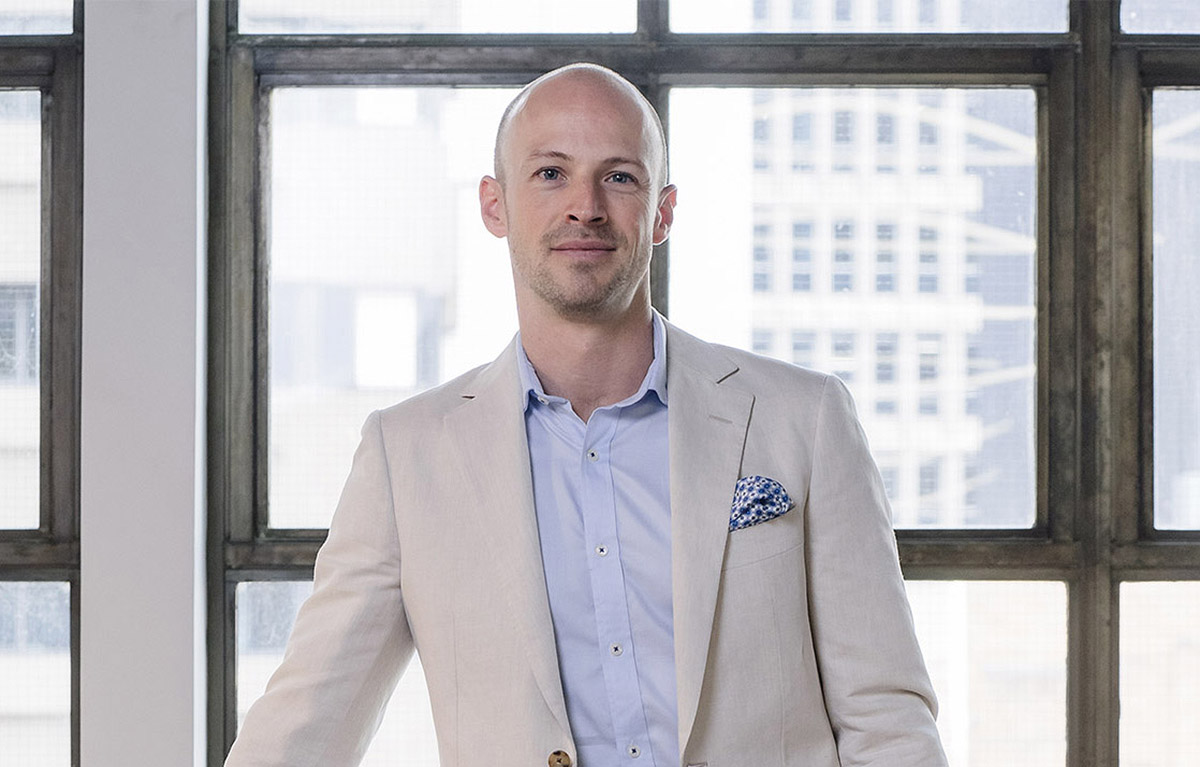
Director / Innovation and Technology / National Culture + Places Sector Lead
Jon Shally
P: +61 2 8203 5447
M: +61 433 044 741
E: [email protected]